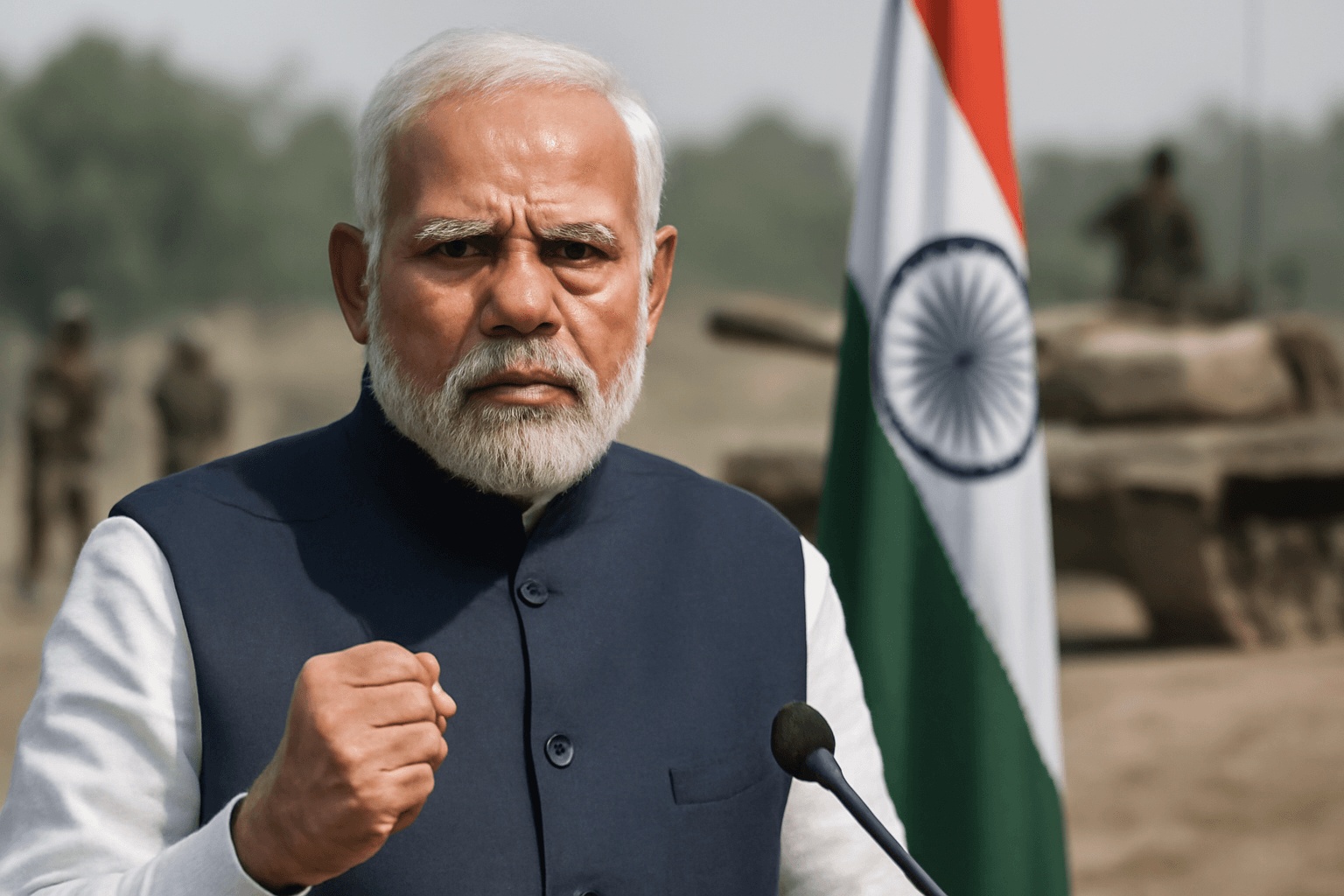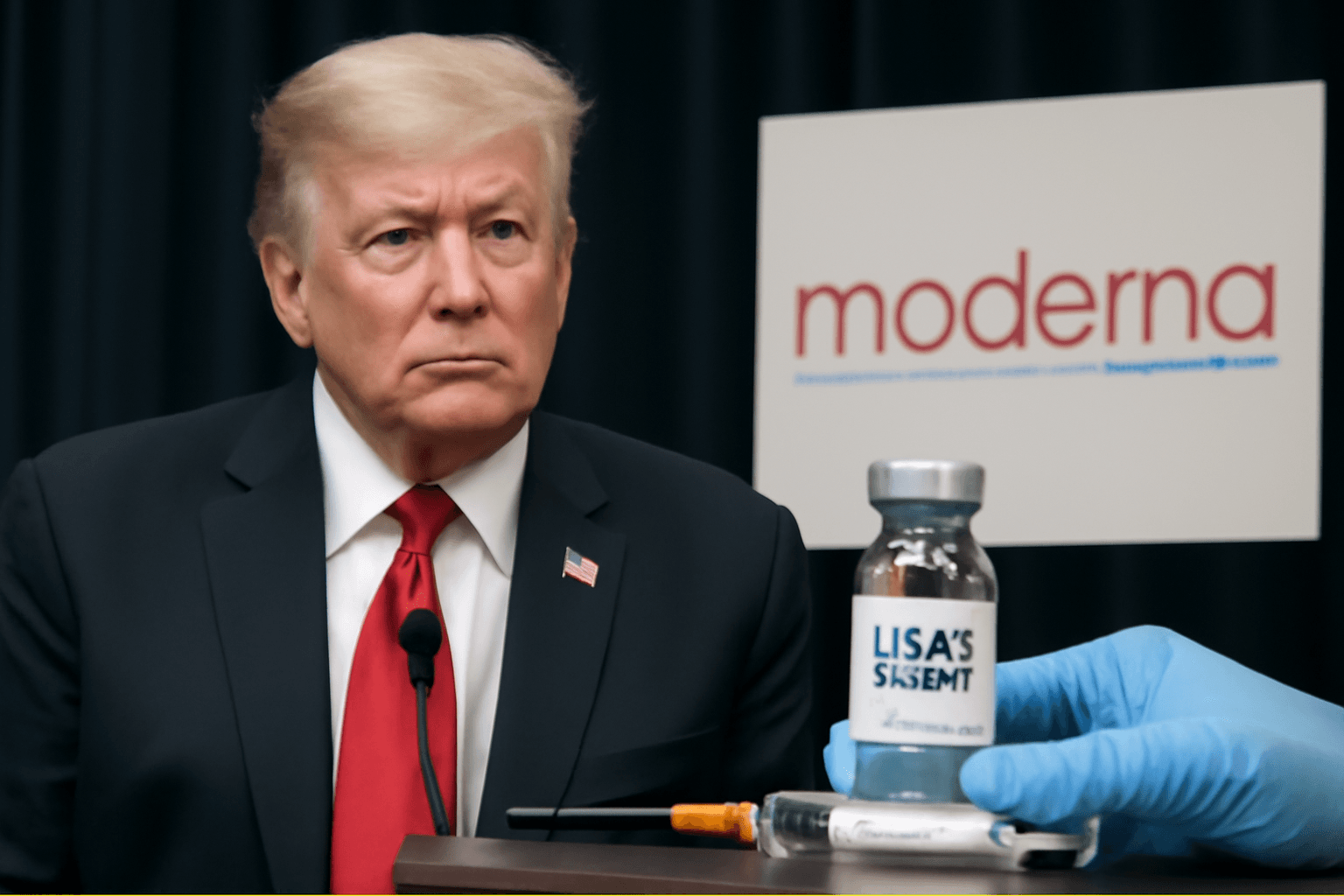WHO Introduces Groundbreaking Pandemic Preparedness Treaty
In March 2025, the World Health Organization (WHO) members adopted the first-ever global pandemic treaty following three years of rigorous negotiations. This landmark agreement aims to enhance international preparedness and response to future pandemics by fostering stronger cooperation among nations.
Despite its pivotal role in global health, the United States has not joined the treaty, citing sovereignty concerns and policy preferences. This exclusion carries implications for global health dynamics and pandemic management.
Key Provisions of the Pandemic Treaty
The treaty commits participating countries to comprehensive measures designed to bolster pandemic readiness, including:
- Improving national disease surveillance systems.
- Expanding healthcare workforce capacity.
- Strengthening health regulatory frameworks.
- Investing in research and development.
- Enhancing public communication strategies regarding pandemics.
- Increasing funding for pandemic preparedness and response.
Significantly, it establishes new mechanisms for the production and equitable distribution of vaccines and critical medical countermeasures. Furthermore, it encourages transparent information sharing about infectious diseases and intellectual property to accelerate access to essential treatments worldwide.
Understanding the United States’ Non-Participation
While the Biden administration initially supported negotiations and was actively involved, the political climate shifted prior to the 2024 elections. Concerns about preserving U.S. sovereignty led to a reconsideration of engagement with the treaty process.
Ultimately, the U.S. opted out, reinforcing this decision by withdrawing from WHO obligations relating to the treaty shortly after the presidential inauguration in early 2025.
Implications of US Absence on the Treaty’s Equity
The absence of the United States arguably facilitated a more equitable treaty framework. Historically, the U.S. and other affluent countries have prioritized protecting pharmaceutical industry profits, often resisting provisions aimed at sharing intellectual property and vaccine technology globally.
This stance contributed to significant vaccine access disparities during the COVID-19 pandemic, where wealthier nations secured vaccines much earlier than low- and middle-income countries. The new treaty, negotiated without U.S. participation, reflects pressing demands from developing nations for improved access to vaccines and treatments during pandemics.
Advancing Access to Vaccines and Treatments
A critical negotiation point involves vaccine manufacturers' obligations to share genetic sequence data of emerging pathogens in exchange for vaccine access. The treaty seeks to establish a balanced system that facilitates rapid sharing of genetic information essential for vaccine development, alongside ensuring equitable vaccine availability.
In addition to intellectual property sharing, the treaty emphasizes:
- Increasing global vaccine production capacity through expanded manufacturing facilities.
- Creating mechanisms for fair sharing of intellectual property, data, and knowledge related to vaccine production.
- Providing incentives for pharmaceutical companies to make treatments accessible to developing countries.
Effective implementation of these provisions could substantially improve vaccine equity, reducing global mortality by enabling timely access for vulnerable populations, irrespective of national wealth.
Future Directions and the Need for Global Collaboration
For the treaty’s objectives to be realized, widespread international adoption is crucial. Countries must commit adequate resources to global health initiatives, countering the trend of declining investment in the WHO and other multilateral health systems.
Enhanced global coordination is essential to detect infectious disease threats early and mount effective responses. Additionally, sustained funding and infrastructure support will ensure that innovations translate into broad vaccine and treatment accessibility.
Although the United States remains outside the agreement, its future participation could significantly strengthen global pandemic preparedness by aligning with cooperative frameworks that benefit all nations.











